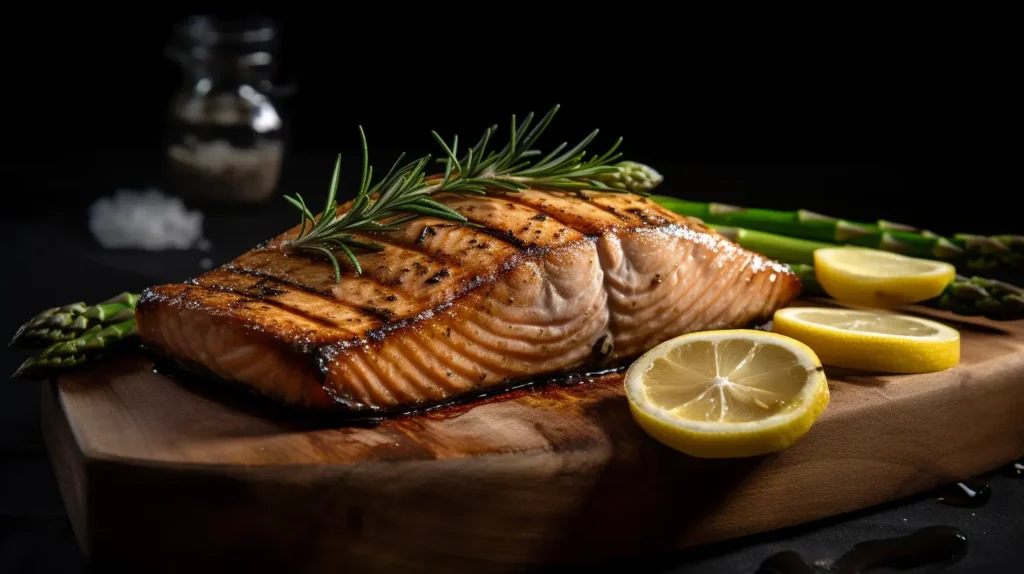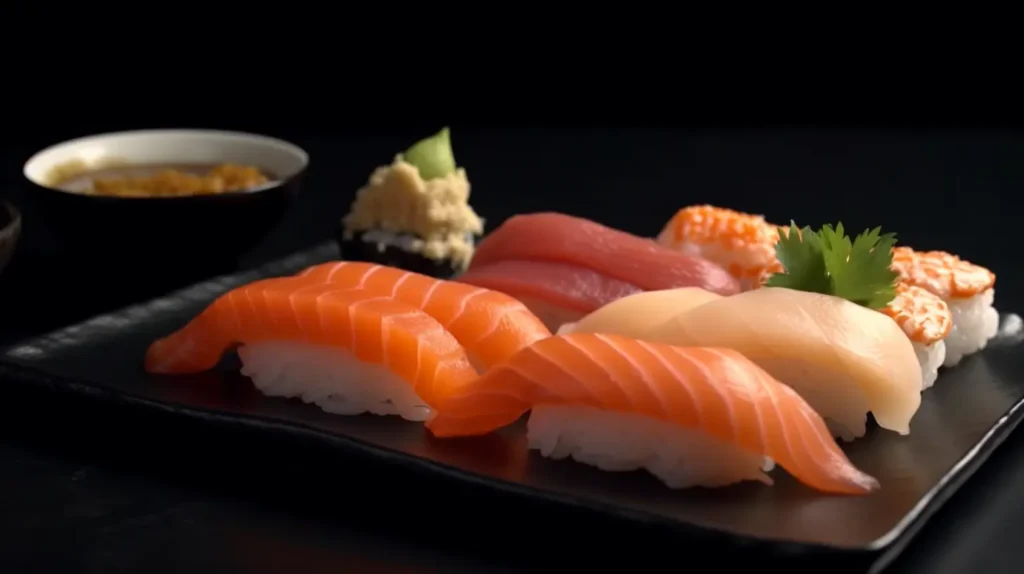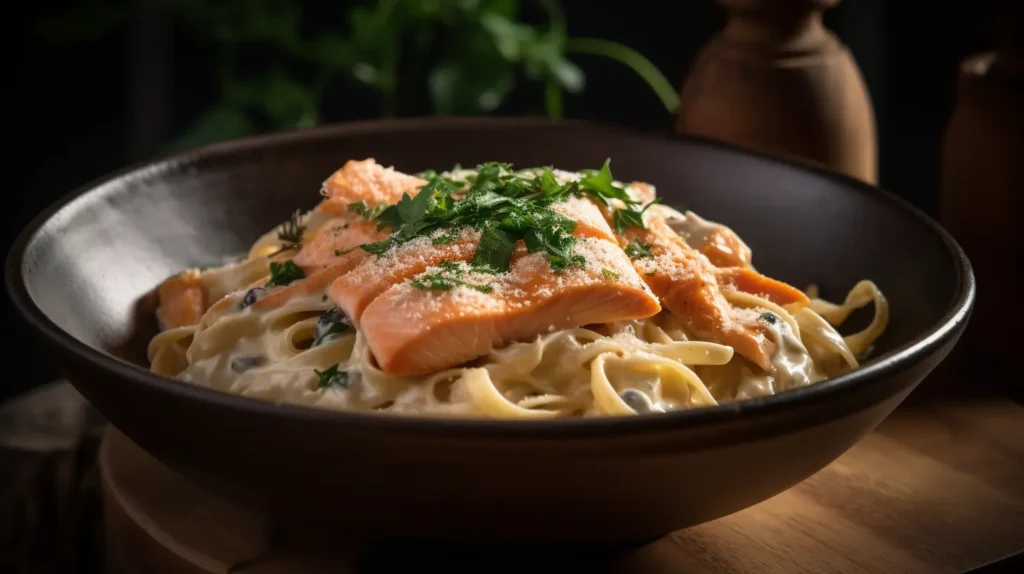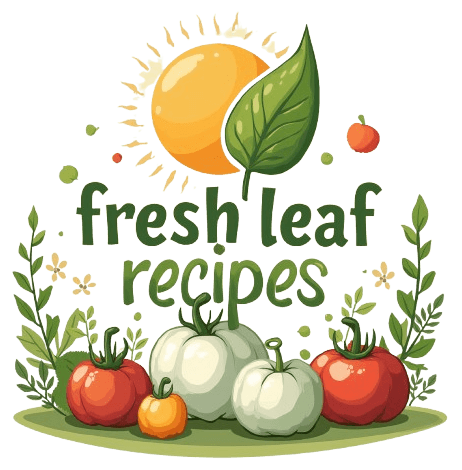Salmon isn’t just a fish—it’s a superstar in the culinary world! Loved for its rich flavor, tender texture, and impressive health benefits, salmon is a favorite on dinner tables across the globe. Whether grilled, baked, pan-seared, or even eaten raw, there are countless ways to enjoy this nutrient-packed fish.
But what’s the most popular way to eat salmon? In this guide, we’ll dive deep into the best cooking methods, delicious serving styles, and expert tips to help you get the most out of this seafood favorite. You’ll also discover answers to common questions about cooking and eating salmon.
Let’s start by exploring why salmon is such a popular choice!
Table of Contents
1: Why Salmon Is a Popular Choice?
Salmon is more than just a tasty fish—it’s a nutritional powerhouse that has become a staple in many diets. But what makes it so special?
Nutritional Benefits of Salmon
One of the biggest reasons salmon is so widely loved is its exceptional nutritional profile. This fish is packed with:
- High-quality protein – Great for muscle growth and repair.
- Omega-3 fatty acids – Essential for brain health and heart function.
- Vitamin D – Supports bone health and immune function.
- B vitamins – Important for energy production and metabolism.
Unlike other types of seafood, salmon is also relatively low in mercury, making it a safer choice for regular consumption.
Health Benefits: Omega-3s and Beyond
Ever wonder why health experts recommend eating salmon at least twice a week? The omega-3 fatty acids found in salmon have been linked to:
- Improved heart health – Lowers bad cholesterol and reduces inflammation.
- Better brain function – Supports memory and cognitive function.
- Glowing skin – Helps maintain hydration and elasticity.
Additionally, salmon is known to boost mood and may even help reduce the risk of depression!
Why People Love Eating Salmon
Beyond health reasons, people love salmon because it’s:
Versatile – Works well in everything from sushi to pasta.
Easy to cook – Cooks quickly, whether grilled, baked, or pan-seared.
Naturally flavorful – Doesn’t need much seasoning to taste amazing.
Accessible – Available fresh, frozen, canned, or smoked.
Whether you’re looking for a quick, nutritious meal or a fancy dish for a dinner party, salmon delivers. And now that we know why it’s so popular, let’s dive into the best ways to cook it!
2: The Most Popular Ways to Cook Salmon
When it comes to salmon, cooking methods can make or break its flavor and texture. Whether you love a crispy crust, a tender and flaky bite, or a smoky finish, there’s a cooking style for everyone. Below, we’ll explore the most popular way to eat salmon—by cooking it to perfection using different techniques.
Pan-Seared Salmon: Crispy and Flavorful
If you crave a restaurant-quality crust, pan-searing is the way to go. This method locks in moisture while giving the fish a rich, golden-brown exterior.
How to Achieve the Perfect Sear
- Use a hot pan – A stainless steel or cast-iron skillet works best.
- Pat the salmon dry – Moisture prevents browning, so always dry the fillet with a paper towel.
- Don’t move the fish – Let it sear undisturbed for at least 4 minutes before flipping.
Best Seasonings for Pan-Seared Salmon
A simple mix of salt, pepper, and garlic powder works wonders. If you want extra flavor, try a squeeze of lemon juice or a drizzle of honey garlic sauce.
Baked Salmon: A Healthy and Easy Choice
Baking is one of the easiest ways to cook salmon, making it perfect for meal prep or busy weeknights. Plus, this method keeps the fish moist and tender.
Ideal Temperature and Cooking Time
- Bake at 375°F (190°C) for about 12–15 minutes, depending on the fillet’s thickness.
- To keep it from drying out, brush it with olive oil or butter before baking.
Foil-Wrapped vs. Open Baking
- Foil-wrapped salmon locks in steam and makes the fish extra tender.
- Open baking allows for a slightly crispier top. Both methods are delicious!
Grilled Salmon: Smoky and Delicious
Grilling brings out a rich, smoky flavor that enhances the natural taste of salmon. It’s a summer favorite, but you can grill salmon year-round using a stovetop grill pan.

Best Marinades for Grilled Salmon
Try these flavorful marinades:
- Teriyaki glaze – Sweet and savory with a touch of ginger.
- Lemon herb marinade – Fresh and zesty with rosemary and thyme.
- Spicy Cajun rub – A bold mix of smoked paprika, garlic, and cayenne.
Gas vs. Charcoal Grill: Which One to Use?
- Gas grills heat up quickly and provide even cooking.
- Charcoal grills add a rich, smoky depth but take longer to prepare.
Poached Salmon: Tender and Moist
Poaching is a gentle cooking method that results in soft, delicate salmon. It’s a great choice if you want to keep your salmon light and oil-free.
Classic Poaching Techniques
- Use a shallow pan and simmer the salmon in water, broth, or white wine.
- Add lemon slices, garlic, and fresh herbs for an aromatic boost.
- Cook on low heat until the fish flakes easily with a fork.
Best Liquids for Poaching Salmon
- Water with herbs – A simple, mild option.
- White wine and butter – Adds a delicate richness.
- Coconut milk – Perfect for an Asian-inspired twist.
Air-Fried Salmon: A Modern, Healthier Take
Air fryers are all the rage, and they work wonders for salmon! This method creates a crispy crust without the need for excess oil.
Why Air Fryers Work Well for Salmon
- The rapid hot air circulation gives a crispy finish without deep frying.
- It cooks faster than an oven, making it ideal for busy days.
Tips for Getting Crispy Skin
- Preheat the air fryer to 400°F (200°C) before adding the fish.
- Lightly coat the skin with olive oil or avocado oil to help it crisp up.
Raw and Cured Salmon: Sushi, Sashimi, and Gravlax

Not all salmon needs to be cooked! Raw and cured salmon dishes are incredibly popular in many cultures.
Is It Safe to Eat Raw Salmon?
Yes—if you buy sushi-grade salmon from a trusted source. Freezing the fish first can help kill any potential parasites.
How to Make Gravlax at Home
- Mix salt, sugar, and fresh dill.
- Rub the mixture over the salmon fillet.
- Wrap it tightly and refrigerate for 2–3 days before slicing.
Each of these cooking methods brings out different flavors and textures, making it easier to find your favorite way to eat salmon!
3: The Most Popular Ways to Serve Salmon
Now that we’ve explored the most popular way to eat salmon in terms of cooking, let’s talk about serving it. Whether you like it simple or fancy, these options will make every bite exciting!
Salmon with Vegetables and Rice: A Balanced Meal
Pairing salmon with steamed or roasted veggies and a side of brown rice or quinoa makes for a well-balanced meal. Try:
- Garlic butter salmon with asparagus
- Teriyaki salmon with stir-fried broccoli and carrots
Salmon in Pasta Dishes: A Creamy Delight
Salmon adds a rich, buttery texture to pasta dishes. Some favorites include:

- Creamy salmon alfredo – Toss flaked salmon with fettuccine in a Parmesan cream sauce.
- Lemon garlic salmon pasta – A lighter option with olive oil, garlic, and fresh herbs.
Salmon in Salads: Fresh and Light Options
For a refreshing meal, toss grilled or smoked salmon into a salad. Popular combos include:
- Caesar salad with blackened salmon
- Greek salad with lemon-dill salmon
- Quinoa and kale salad with citrus-glazed salmon
Salmon in Sandwiches and Burgers: A Tasty Alternative
Want a break from beef burgers? Try a salmon burger instead! Some great ideas:
- Spicy salmon burger with sriracha mayo
- Smoked salmon and cream cheese bagel – A classic brunch option!
Salmon in Soups and Stews: Comforting and Nutritious
Salmon works beautifully in soups and stews, especially in colder months. Some must-try dishes include:
- Salmon chowder – A creamy soup with potatoes, corn, and bacon.
- Japanese miso salmon soup – A light and umami-packed broth.
Whether grilled, baked, or raw, salmon is one of the most versatile proteins you can enjoy. Now that you know the best ways to serve it, let’s move on to some expert cooking tips!
4: Cooking Tips for the Best Salmon Dishes
Cooking salmon isn’t just about choosing the right method—it’s also about getting the details right. From selecting the freshest fillet to avoiding overcooking, these expert tips will help you prepare the most popular way to eat salmon like a pro.
How to Choose the Best Salmon Fillet
Not all salmon is created equal. To ensure the best quality, keep these tips in mind:
- Look for vibrant color – Fresh salmon should have a bright pink or orange hue.
- Check for firmness – Press the fillet gently; it should bounce back, not feel mushy.
- Opt for wild-caught when possible – Wild salmon tends to have a richer flavor and better nutritional profile.
If buying frozen salmon, ensure the packaging is airtight and free from ice crystals.
Avoiding Overcooking: Key Temperature Guidelines
Overcooked salmon can be dry and tough. The key is to monitor the internal temperature:
- Medium-rare: 120°F (49°C) – Tender and slightly translucent in the center.
- Medium: 130°F (54°C) – Flaky yet moist.
- Well-done: 145°F (63°C) – Firm and fully opaque.
To prevent overcooking, remove the salmon from heat when it’s about 5 degrees below your target temperature—it will continue cooking as it rests.
Enhancing Flavor: Best Herbs and Spices for Salmon
Salmon pairs beautifully with a variety of flavors. Try these seasonings:
- Classic: Lemon, garlic, and dill.
- Spicy: Cajun seasoning or red pepper flakes.
- Asian-inspired: Soy sauce, ginger, and sesame oil.
For a caramelized crust, try brushing the fillet with honey or maple syrup before cooking.
5: FAQs About Eating Salmon
Many people have questions about salmon, from the best cooking techniques to whether it’s safe to eat raw. Here are some of the most common questions, along with expert answers.
What is the best way to have salmon cooked?
The best way to cook salmon depends on personal preference, but pan-searing and grilling are among the most popular ways to eat salmon because they enhance the fish’s natural flavors while keeping it moist. Baking and poaching are great for a softer texture, while raw salmon is a favorite in sushi and sashimi.
Is it okay to eat salmon medium-rare?
Yes! Medium-rare salmon (120°F/49°C) is perfectly safe as long as it’s fresh and sourced from a reputable supplier. It will have a silky, tender texture. However, if you’re pregnant or have a weakened immune system, it’s best to cook salmon to 145°F (63°C).
What is the most popular salmon to eat?
Among the different types of salmon, Atlantic and Sockeye salmon are the most commonly eaten.
- Atlantic salmon (mostly farmed) is mild and fatty, perfect for baking or grilling.
- Sockeye salmon (wild-caught) has a deep red color and a rich, robust taste.
- King salmon is prized for its buttery texture and high oil content.
How is salmon usually served?
Salmon is served in many delicious ways, including:
- Cooked fillets with vegetables or rice.
- In pasta dishes with creamy sauces.
- As sushi, sashimi, or smoked salmon.
- In sandwiches, burgers, or wraps.
This incredibly versatile fish is enjoyed in countless ways across cultures, making it a true culinary favorite!
6: Conclusion: Discover Your Favorite Way to Eat Salmon
Salmon is one of the most versatile and delicious fish you can enjoy, whether you prefer it grilled, baked, pan-seared, or even raw. With its rich flavor, high nutritional value, and endless serving possibilities, it’s no surprise that it remains a top choice for seafood lovers worldwide.
The most popular way to eat salmon varies from person to person—some love the crispy texture of pan-seared salmon, while others enjoy the delicate tenderness of poached or baked salmon. If you’re feeling adventurous, try raw salmon in sushi or a homemade gravlax. No matter how you prepare it, salmon is a dish that never fails to impress.
Want to experiment with new salmon flavors? Check out this delicious crispy salmon bites recipe for an easy and flavorful twist on your favorite fish!
For more ideas on how to enhance your salmon dishes, explore the best sauces for salmon to take your meal to the next level.
Whether you’re a seafood enthusiast or a beginner in the kitchen, salmon is a must-have ingredient that’s easy to cook, healthy, and incredibly satisfying. Try out different cooking methods, find your favorite, and enjoy the endless possibilities that salmon has to offer!
What is your opinion about this recipe: Is Banana Pudding a New York Thing? A Sweet Debate Explored

